
General Idea
As the capital of Hubei Province, Wuhan is a city situated along the Yangtze River. And Wuhan is also one of the largest cities in the central part of China. Wuhan is also the heart of politics, economy and culture in Hubei province. Wuhan stretches 155 kilometers from north to south and 134 kilometers from east to west, which is like a dance-gracefully butterfly.
Wuhan was listed as one of China's Historic Cities in 1986. There is rich natural scenery and historical relics. More than 330 scenic spots await your exploration. Yellow Crane Tower has built a reputation both home and abroad, and many celebrities set their foot on this Tower. The Guiyuan Buddhist Temple is the most famous Buddhist temple, outstanding for its collection of 500 statues of gold arhats. Wuhan City has no lack of lakes, with those that are dotted around the East Lake enjoying the greatest fame. Others like Moshui Lake, Moon Lake and the Lotus Lake are also worth visiting. Heptachord Terrace, Hubei Provincial Museum and the National Stone Museum are also well-known spots.
Wuhan is rich in culture and history. The historic relics tell the city's long history dating back 3,500 years. For centuries, this city has been the center of trade and transportation in central China. Nowadays, it is an important hub in central China and a feature of Yangtze River cruises for sightseers and businessmen traveling.
Area Code: 027
Zip Code: 430000
Area: Wuhan covers an area about 8,500 sq km (2.1 thousand acres)
Geography and Climate
Geography:The city comprises three towns - Wǔchāng, Hànkǒu, and Hànyáng which face each other across the rivers and are linked by three bridges. It is simple in geographical structure - low and flat in the middle and hilly in the south, with the Chang Jiang and Han rivers winding through the city.

Population:The population of the city has reached 7.8 million, with as many as fifty nationalities including Han, Hui, Tujia, Manchu, Zhuang and Miao among others.
Administrative Division: Wuhan consists of three parts: Wuchang, Hankou and Hanyang, which are divided by Yangtze River and Han River. Each part has its own major municipal function: Wuchang is the culture center, where a lot of universities are located here; Hankou belongs to a commerce center, which is the most prosperous and busy in Wuhan; Hanyang is the industrial base of the city, which embodies the development of Wuhan.
History
Wuhan was listed as one of China's Historic Cities in 1986. There is rich natural scenery and historical relics. More than 330 scenic spots await your exploration. Yellow Crane Tower has built a reputation both home and abroad, and many celebrities set their foot on this Tower. The Guiyuan Buddhist Temple is the most famous Buddhist temple, outstanding for its collection of 500 statues of gold arhats. Wuhan City has no lack of lakes, with those that are dotted around the East Lake enjoying the greatest fame. Others like Moshui Lake, Moon Lake and the Lotus Lake are also worth visiting. Heptachord Terrace, Hubei Provincial Museum and the National Stone Museum are also well-known spots.
Wuhan is rich in culture and history. The historic relics tell the city's long history dating back 3,500 years. For centuries, this city has been the center of trade and transportation in central China. Nowadays, it is an important hub in central China and a feature of Yangtze River cruises for sightseers and businessmen traveling.
- Contact Us
-
Tel:
0086-571-88165708
0086-571-88165512E-mail:
admission@cuecc.com
- About Us
- Who We Are What we do Why CUECC How to Apply
- Address
- Study in China TESOL in China
Hangzhou Jiaoyu Science and Technology Co.LTD.
Copyright 2003-2024, All rights reserved





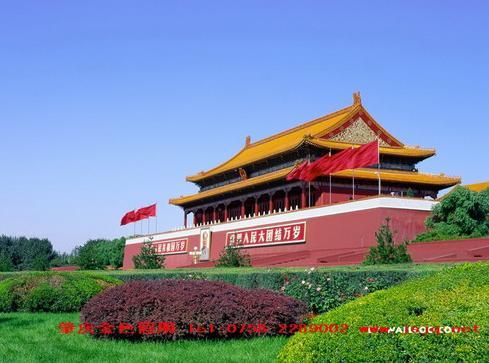
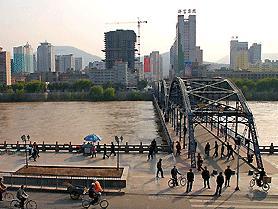
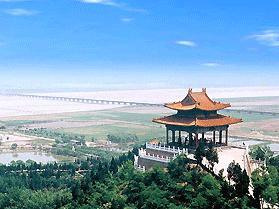
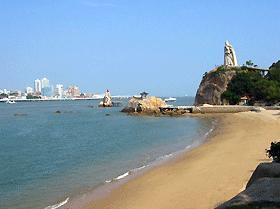
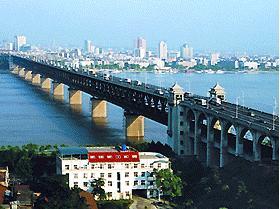
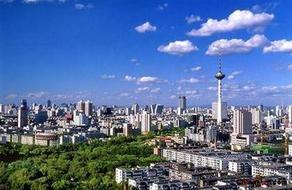
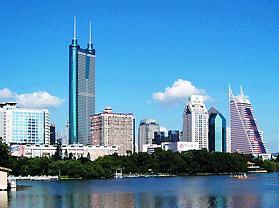
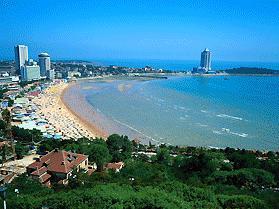
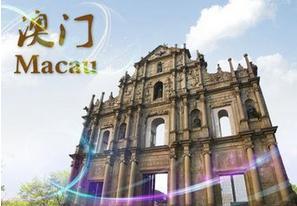
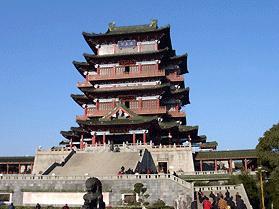
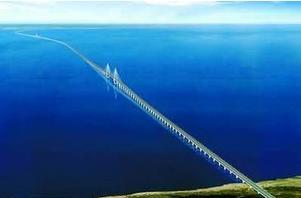
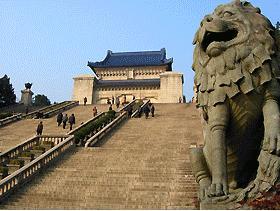
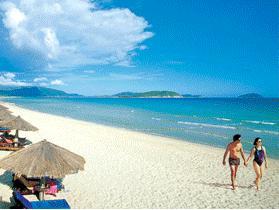
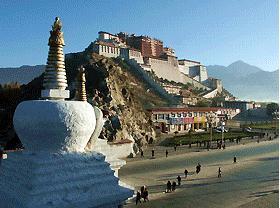
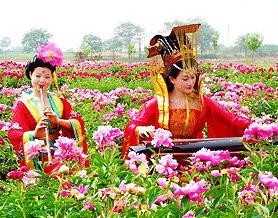

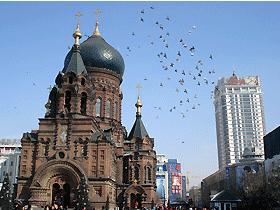
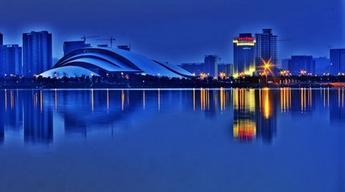
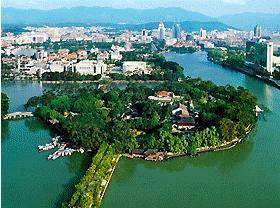
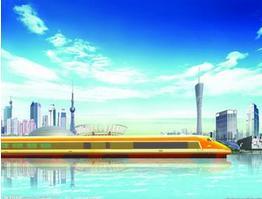
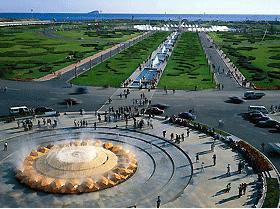
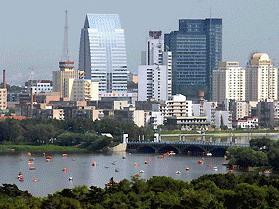
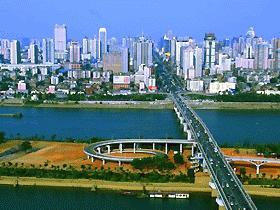
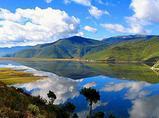
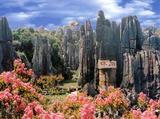

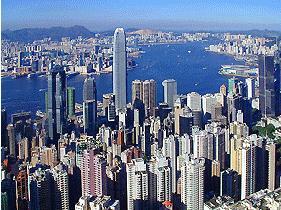

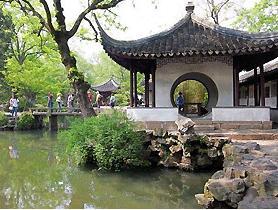

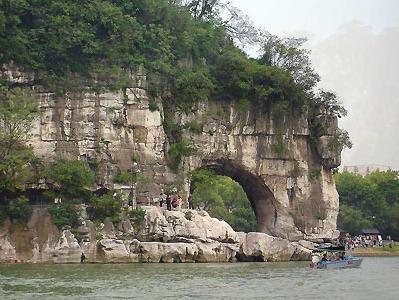

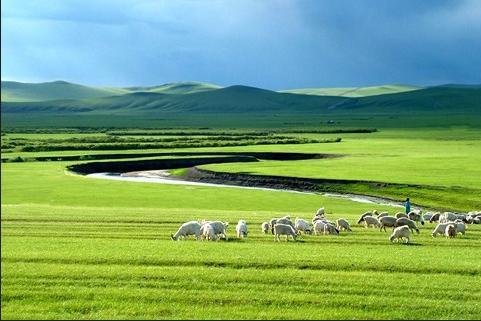
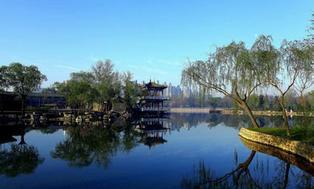
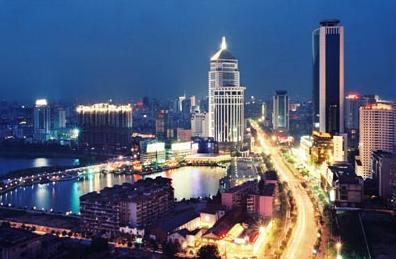
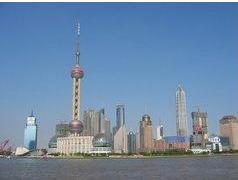
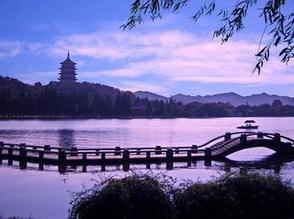

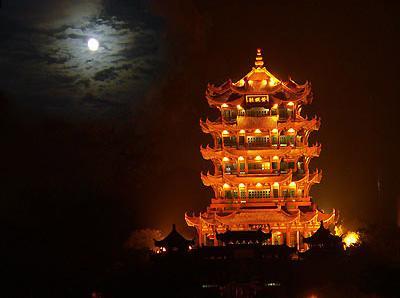
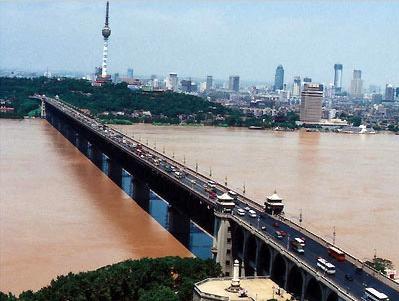
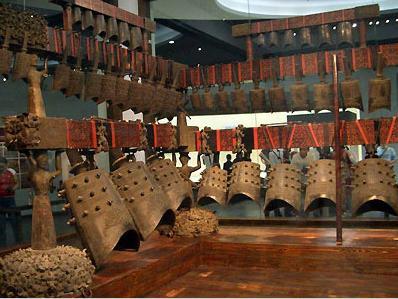
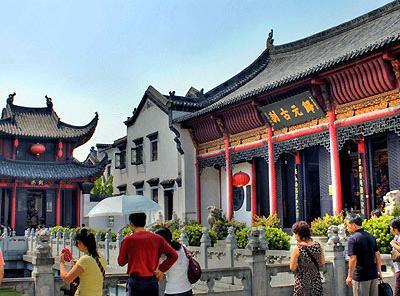
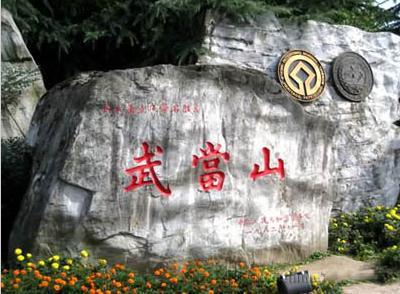
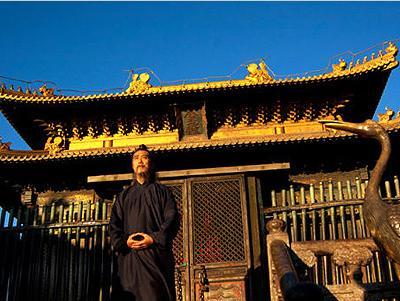
 Chinese
Chinese
 English
English
 Korean
Korean
 Japanese
Japanese
 French
French
 Russian
Russian
 Vietnamese
Vietnamese
